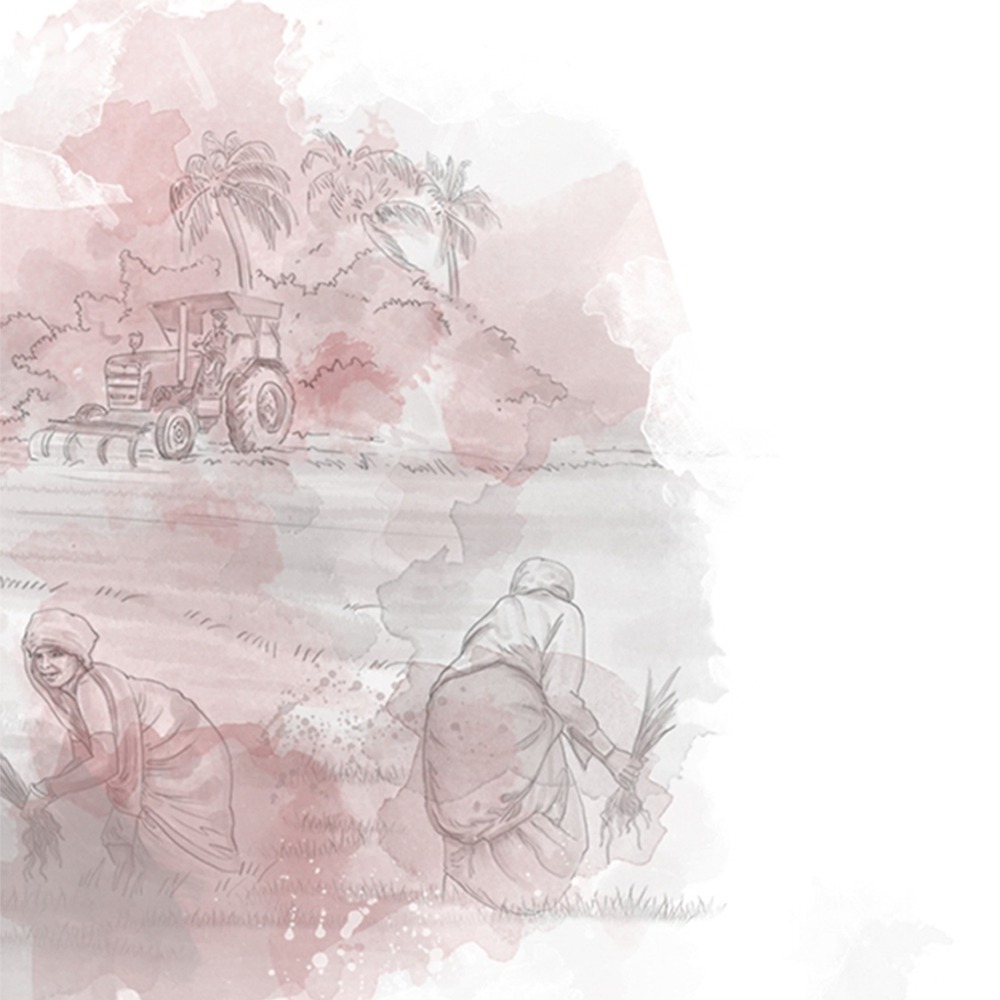it did not necessarily take the pandemic to expose inefficiencies in the agri-supply chain and retail system. Farm-to-fork startups have been at it even before. These shortcomings have been the lack of access to information, poor management, surplus and wastage, inconsistent pricing, and inadequate quality of produce. While the shift in behaviour post-COVID has forced stakeholders to rethink their modes of operation, startups like Ninjacart, Safeharvest, WayCool are leveraging the opportunity of a decade.
for instance, Akshayakalpa offers dairy products directly from the udder to the doorstep without physical handling of the product in between. IntelloLabs offers standardization through image sensing and visualization, which in turn assess the quality of food production after harvest. QR codes are becoming popular to extract product details such as the farm’s name, residual information, and so on. Brilliant solutions for a time such as this.
four primary trends
for startups that sense the ripe need for disruption in the space, there are again too many elements that could fail them. It could be sales, technical glitches, the burden of operational costs when the company is still not hitting margins, debates at the management level, the mandatory networking capabilities, budgeting capacities, management of vendors and distribution channels, etc.
according to McKinsey, four primary trends hold a bearing on the larger system. And it is for these trends agritech startups are solving for despite logistical and strategic snafus.
one: a change in eating habits.
doorstep deliveries, e-commerce, and other farm-to-fork solutions are causing a massive shift in consumer behaviour.
two: a larger network of food sources.
new regions of food production may emerge accelerated by causes of sustainable energy sources and climate change concerns. Kissan networks and community farming are trends that are gaining currency.
three: sales and distribution of the product are becoming more versatile.
developments in the agricultural technology space driving transparency and traceability in the supply and value chain are causing flagship solutions in increased efficiency, reduced wastage, and downsized profit margins.
four: trade policies and systems are being re-evaluated and redefined.
government subsidies and intervention in support of local markets and startup mechanisms are going to have long-term effects in the glocal (both local and global) market.
when each of these aspects of change is compounded over time, they will cause tectonic shifts in the agricultural sector end-to-end. the objectives of many successful agritech startups are based on the bids for farmer livelihood, environmental sustainability, and social development in the supply market. But one primary issue that all startups face is fallacies in the demand market. While brilliant solutions have been solving the supply side of the problem (helping farmers make a livelihood) demand still faces key challenges.
the coherence premium
the messy issues at the demand front are sales systems, capability building, profitable growth, channel choices, marketing, and other key execution aspects. Fixing this is fundamental for solving the farmer problem. After all, the customer has to buy what you sell for you to be in business. This may be because most companies succumb to intense pressures for top-line growth and chase business in markets they do not have the capabilities to sustain success. ‘Blue ocean’ strategies are great but they can turn out to be unsustainable if growth doesn’t start from the core.
a capabilities-driven strategy like in the case of Wal-Mart reinforces capabilities that lower total value chain cost in a way no one else does it. In their seminal article, “The Core Competence of the Corporation,” Prahalad and Hamel write about the importance of capabilities to strategy. That, in combination with a market differentiator, creates what is known as ‘the coherence premium.’ A company is coherent when its capabilities system is chosen mindfully and executed to support a well-ordered strategic purpose aligned with the right product and service fit. Otherwise called, a way to play.
the thinksynq way to play
at thinksynq, we help businesses figure out what they’re good at and then develop these capabilities. After this, strategies are only a matter of aligning these distinctive capabilities with the right market opportunities.
we are continually working with digital platforms that enable full traceability and transparency across the food value chain. This develops an ecosystem in which stakeholders who can easily buy and sell from each other, compare prices, and review and rate suppliers. It is safe to foresee a future where online agricultural marketplaces that connect people who are looking to buy and sell equipment, insurance, farmland, vehicles, tools, product, and product variants. Platforms of this strain are increasingly depending on virtual currency and financial technology with shrinking middle person revenues that go into sales and marketing.
thinksynq with its multi-faceted expertise helps companies to solve these existential problems because this is just not a sales or pricing problem. It is a combination of strategy, business model, people capability and finally getting things done. We say this because what starts as an innocuous sales problem ends up being all of the above.



